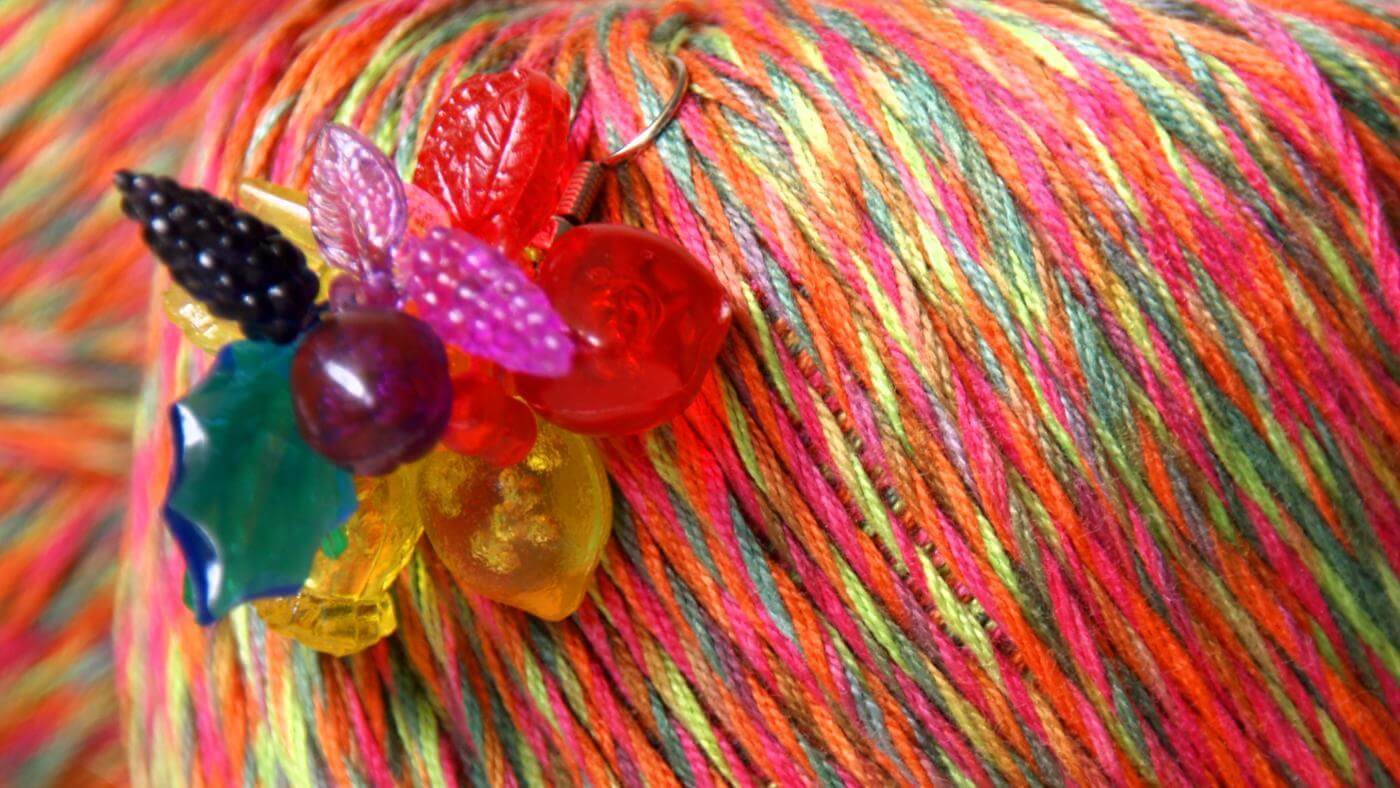Rayon, modal, and lyocell are referred to as ‘cellulosic fibers’ since the fibers are made up of cellulose, a component found in all plants. The cellulose is mainly obtained from wood pulp, which contains a cellulose content of 40%. For this reason, the fibers are considered environment friendly. These fabrics are a rage amongst the designers these days due their properties, cost effectiveness and the fact that they are sustainable threads. Here’s a everything you need to know about these fabrics before buying and wearing them, in a nutshell.
Rayon Fabrics
Rayon fabric has found a huge range of uses. It is very versatile and its properties make it a popular choice. It breathable and thus does not trap body heat. This makes it quite suitable for hot and humid climates. It also has a higher rate of moisture absorption than cotton. It also does not generate static electricity. Rayon was first manufactured in 1855, with the first ‘artificial silk’ patent being registered in 1894. Rayon is used in making sustainable fashion as the cellulose fibers used are obtained from plants harvested sustainably.
Modal Fabrics
This was developed as there was a need for the develpoment of rayon with higher wet strength. It is also the second generation of the cellulosic fiber. It features the same properties as rayon, with additional features such as a higher wet strength and increased softness. Modal fabric is mainly made in making lingerie and undergarments (body contact clothing).
Regarding water absorption, the fabric is 50% more water absorbent when compared to cotton. Modal fibers were first created in Japan in 1951, with Lenzing selling its version since 1964. Lenzing Modal is manufactured from beech trees harvested in a sustainable way.
Tencel Fabrics
Tencel is a lyocell fabric produced by Lenzing. Lyocell fabric is the third generation of rayon. Pilot production of tencel by Lenzing began in 1990, with full production kicking off in 1997. Lyocell is quite effective in water absorption, with its rate of absorption being 50% more than cotton. It can also rapidly release the absorbed moisture to the atmosphere. Clothing made from lyocell can be worn several times as the fabric remains odorless after multiple wearings.



